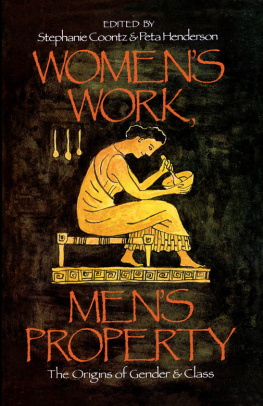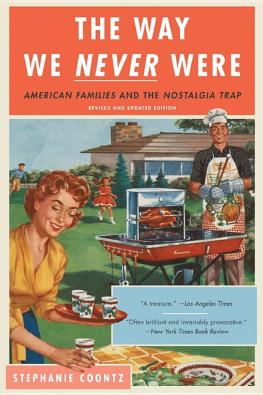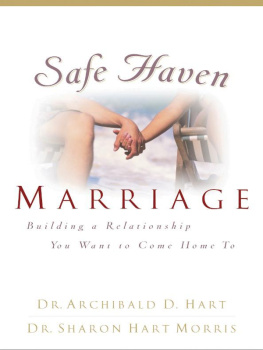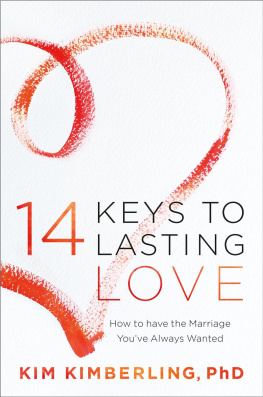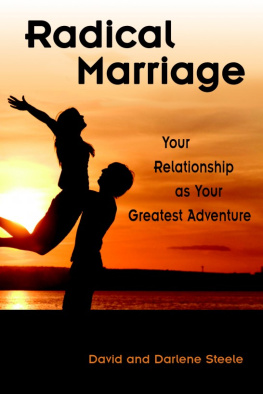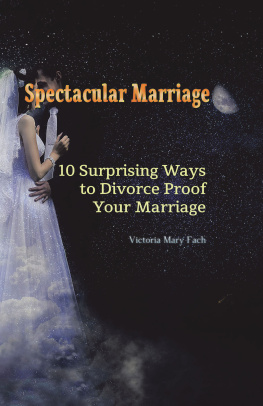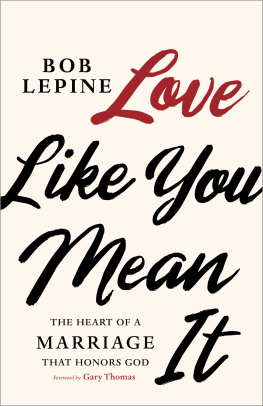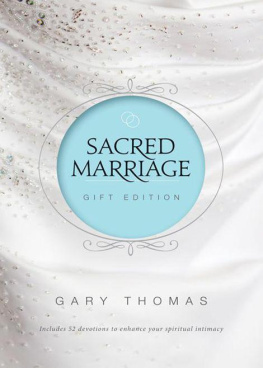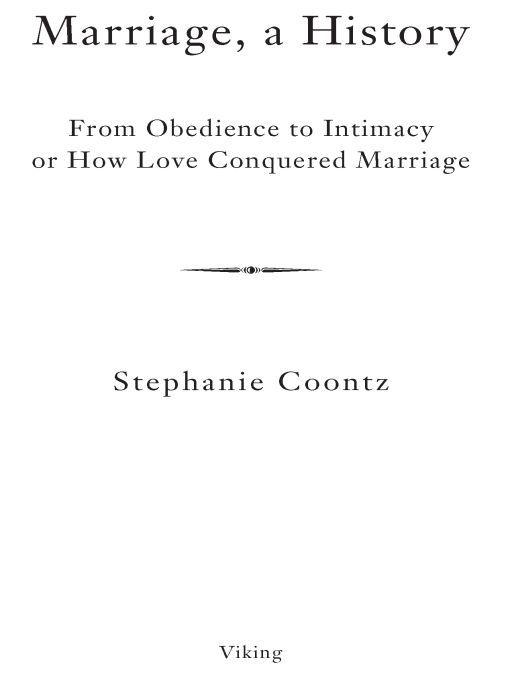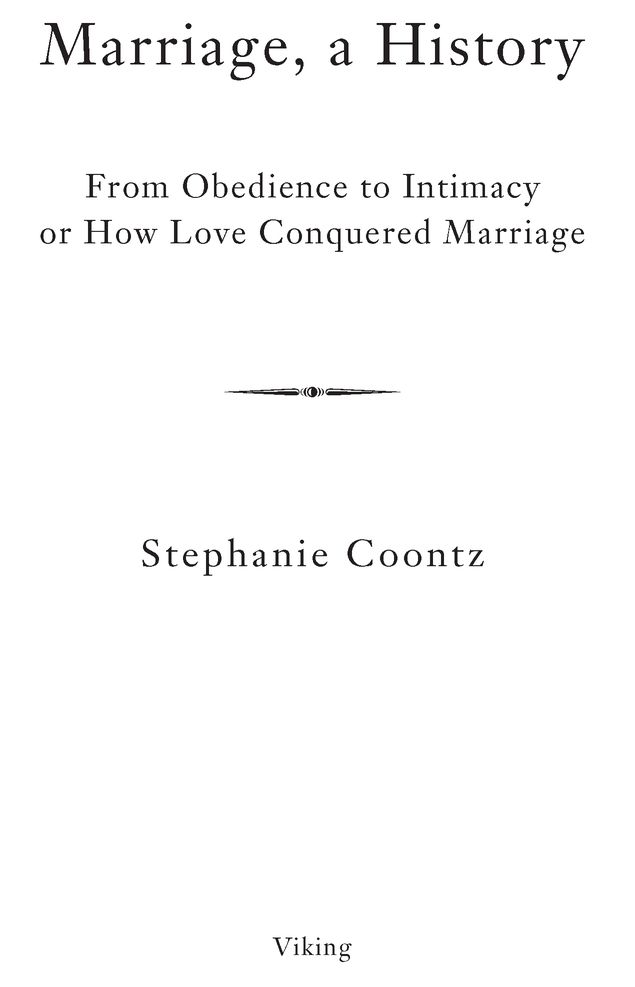Table of Contents
Other Books by Stephanie Coontz:
The Way We Never Were: Americas Families and the Nostalgia Trap
The Way We Really Are: Coming to Terms with Americas Changing Families
The Social Origins of Private Life
American Families: A Multicultural Reader
For the three generations of men in my family:
Bill, Will, Kris, and Fred
Acknowledgments
A book covering this many centuries and geographical regions requires an author to rely heavily on the work of many other researchers. I acknowledge my debts to them in my extensive endnotes, but I want to highlight here some of the colleagues, friends, and complete strangers who were astonishingly generous with their time in allowing me to pick their brains.
I owe a special debt to the hundreds of my students over the years who have taken oral histories of their own families and neighbors as part of their work with me. I draw on their stories in this book. Many chose to remain anonymous, but a few have written up their work as extensive oral histories, which are available in the libraries of their respective institutions. I thank Susan Collins at the University of Hawaii at Hilo and Maggie Sinclair, Mary Croes-Wright, and Ben Anderson at The Evergreen State College, as well as all my students in programs called Whats Love Got to Do with It? and Growing Up Global.
The library staff at The Evergreen State College has always gone way beyond that extra mile for me. Reference librarians Ernestine Kimbro, Liza Rognas, Sarah Pedersen, Randy Stilson, Sara Huntington, Don Middendorf, Jules Unsel, Caryn Cline, and Carlos Diaz have always been there to help. Equally vital to my work have been the patience and kindness of the circulation staff: Mindy Muzatko, Jason Mock, Joel Wippich, and Jean Fenske. Thanks also to my successive research assistants, Jacyn Piper, Jesse Mabus, Nat Latos, and Jesse Foster for tracking down sources and hard-to-find papers. I am grateful to the deans and provost at The Evergreen State College, who allowed me extra leaves of absence when this book took twice as long as Id originally estimated. My colleague Charles Pailthorp has my gratitude for his patience and his active intellectual support, and my former student and colleague Maya Parson stepped up to the plate to take a teaching assignment I couldnt do myself. I am especially grateful to my friend and colleague Peta Henderson, who has generously shared her anthropological and archaeological research over the years and who came through once more as I struggled with new material for chapters 2 and 3.
When I was trying to summarize the material on the origins and evolution of human society, I wrote to four prominent anthropologists, none of whom knew me, to ask if they would review my first stabs at these chapters. To my grateful surprise, each agreed to look at a total strangers early drafts and then patiently explained what sources I should and should not use and what mistakes this novice was making in interpretation. Several read two or more drafts, and all were extraordinarily generous with their time. My sincerest thanks to Adrienne Zihlman of the University of California at Santa Cruz, Allen Johnson of the University of California at Los Angeles, Brian Hayden of Simon Fraser University, and Thomas Patterson at the University of California at Riverside. Of course they are not responsible for any errors I have made, but because of their input, I was able to correct many errors before this book went into print.
My colleagues at the Council on Contemporary Families have been extremely generous with their time and resources. I would like to thank especially Philip Cowan and Carolyn Cowan for their careful reading and thoughtful comments on several chapters, Paula England for calculating several of the figures I use in chapter 17, Pamela Smock for her close reading of chapter 17, and Scott Coltrane, Nancy Folbre, Constance Ahrons, Virginia Rutter, Donna Franklin, Pepper Schwartz, Steven Wisensale, and Steven Mintz, who have been unfailingly generous with sources. Frank Furstenberg, Jr., shared several chapters of an early draft of this book with his graduate students; his feedback was very helpful. Barbara Risman, cochair of the Council on Contemporary Families, was always available to bat ideas around, as were Judith Stacey and Larry McCallum.
I thank Paul Amato for a careful, critical reading of my data on contemporary family changes and Sandra Wagner-Wright for feedback on my chapters on European history. Janet Gornick, Alexis Walker, Thomas Bradbury, John Gottman, Judith Seltzer, Stacy Rogers, Dorion Solot, Marshall Miller, Ted Brackman, Doug Foster, Sarah Raley, and Arloc Sherman gave me sources and suggestions. Joanna Radbord of the Epstein Cole law firm provided me with several of the affidavits in Halpern v. Canada. I called on Suzanne Bianchi and Andrew Cherlin several times for data on contemporary family trends and appreciate how patient they were with each request. Steven Nock kindly responded to personal communications to clarify recent trends in divorce. Therese Saliba directed me to resources on women and marriage in Islam. Pam Udovich did an amazing job getting my manuscript ready for publication and finding ways to make my word processing system compatible with my editors. I just wish I could personally thank all the individual students and participants in workshops or discussion groups across the country whose questions and comments have challenged and inspired me over the years.
This book would never even have gotten off the ground if Gay Salisbury had not helped me find Susan Rabiner as my literary agent. Susan combined unsparing criticism with warm personal support to help me focus my changing ideas about my subject and get me through several crises of confidence. My editor, Wendy Wolf, believed in this book even when it was such a ponderous manuscript that a lesser woman would have despaired. I thank her and Hilary Redmon for their careful editing and strict insistence that I get this down to a manageable size, as well as for the sense of humor they managed to maintain throughout the project.
Finally, I dont know what I would have done without the help of my husband, Will Reissner. He patiently edited and improved every successive draft of the manuscript and was always ready to build me a spiffy new bookcase to store my ever-growing piles of notes and manuscript drafts.
Introduction
Writing this book about marriage over the last several years has been a lot like adjusting to marriage itself. No matter how well you think you know your partner beforehand, the first years are full of surprises, not only about your spouse but about yourself. The struggle to reconsider preconceived notions often takes you in directions you never anticipated when you began.
This is not the book I thought I was going to write. I have been researching family history for thirty years, but I began focusing on marriage only in the mid-1990s, when reporters and audiences started asking me if the institution of marriage was falling apart. Many of their questions seemed to assume that there had been some Golden Age of Marriage in the past. So I initially decided to write a book debunking the idea that marriage was undergoing an unprecedented crisis and explaining that the institution of marriage has always been in flux.



